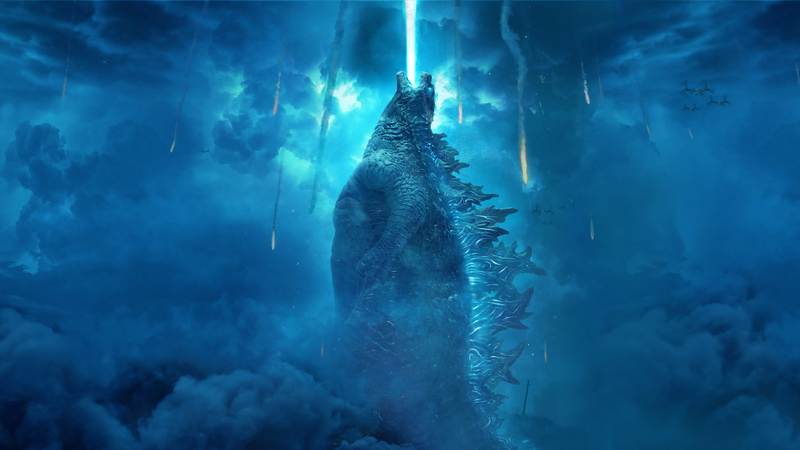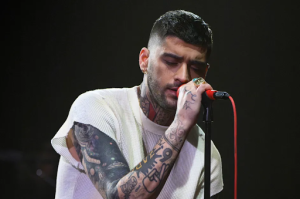From “Gojira” to the Monsterverse, Godzilla is truly timeless
Godzilla is more than the fire-breathing monster who knocks down buildings; he’s a testament to the transformational power of film
Photo courtesy of Wikicommons (Attribution-ShareAlike 4.0 International (CC BY-SA 4.0)
Godzilla: King of the Monsters (2019)
May 28, 2021
The old motto is “Teach what you love,” and for the past decade, Mr. Clark and I have done just that. Every year, for his Film Appreciation course, we spend a week or so discussing “Gojira” (1954), a.k.a. “Godzilla, King of the Monsters” (1956), and the legacy it created. You may believe that discussing a film only goes so far and, after so many years, it’s hard to find new ideas and concepts.
That’s the best part: when it comes to Godzilla, there is always something new.
The purpose of our lesson is to show how the character of Godzilla has grown from a post-WWII allegory to a beloved cinematic icon in one of the longest continuing film series in history; a character who now has 36 movies (and counting) to his credit. Our lesson is constantly changing, as new films, TV shows, video games, comic books and the like continue to be produced.
We often preface our lesson with the caveat: we are, admittedly, nerds; growing up with this character and embracing everything that’s involved with it. That being said, Mr. Clark and I approach the subject matter with an academic mindset; we want students to be able to observe and critically think about the film’s themes.
We begin by showing “Godzilla, King of the Monsters” (1956), the Americanized version of the Japanese classic, in its entirety, examining shot composition, tone and character analysis. Only recently has the original Japanese film become available to American audiences. This has altered our lesson for the better, as we are finally able to do true comparisons between it and the American version, with the hope of better understanding director Ishiro Honda’s vision.
From there, we engage in a brief history of the series, looking at the numerous sequels and spinoffs, and analyzing thematic changes that took place over the 1960s and 70s. We then showcase the more serious tone of the 1980s, 90s and 2000s. We also explore the advertising boom that took place following the release of “Godzilla 1985” in American theaters (the first release since the 1956 original).
Our lesson used to conclude at this point in time. However, in 2013, Legendary Films struck a deal with Toho Studios to return the character to American cinemas. After the opening night screening of “Godzilla” in 2014, we were able to relay to our students how excited the audience was: we found ourselves cheering and applauding at certain (unexpected) moments that recaptured our childhood memories and made us remember why we continue to do our lesson.
Since then, three subsequent films have been released by Legendary in the since-titled “Monsterverse,” including this year’s “Godzilla vs. Kong.” In addition, Toho, the character’s parent company, unveiled “Shin Godzilla” (2016), a powerful and drastically different take, which earned the Japanese equivalent of the Academy Awards’ Best Picture. We were fortunate enough to first view the film in a theater, and were pleasantly surprised by the homage to the original film in 1954, enough so that we have since incorporated “Shin” into our lesson as another means of examining the original film’s lasting impact.
For the better part of a decade, Mr. Clark and I have had the pleasure of examining Godzilla in an academic setting, where we hope that future generations can understand why it’s so much more than just a giant, fire-breathing monster that knocks over buildings. It’s about a legacy that has adapted with the times and continues to have a major impact on the many forms of media it encompasses.
In Film Appreciation, we truly “teach what we love,” and the best thing about teaching Godzilla is that there will always be more to learn.







